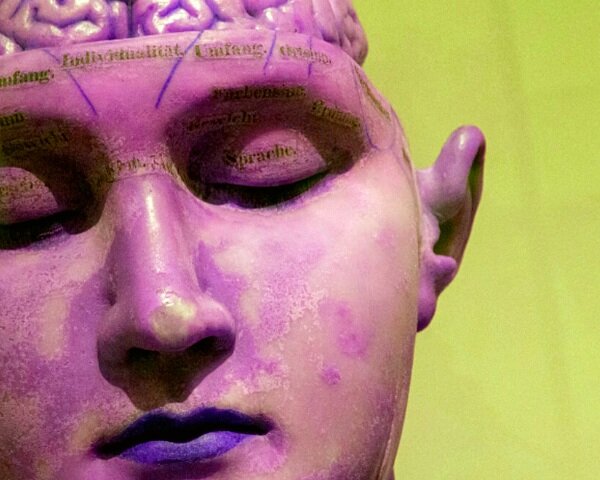How using science in art can help you feel good
Did you know that you can use scientific principles to help create artworks that make you feel good? This article explains how I incorporate my understanding of science and the aging brain into my artworks
I’ve mentioned that I like to incorporate aspects of science into my artworks. And it’s fascinating to me, that this little snippet of information has got you intrigued!
In essence, my work is informed by my understanding of how our brains age. I have worked for years in a residential aged care facility, experience as a dementia trainer and have undertaken some university level study into both human biology in general as well as the aging brain and aging processes we all undergo.
This knowledge has fundamentally changed how I create.
Over time I understood that as we age, we perceive colours differently. For instance, did you know that our retinas (in our eyes) change with age? There are some specialists who estimate that a 60-year old’s retina will typically only receive one third the amount of light of a 20-year old’s retina.
Not only that, as we age, the lens in our eye can yellow or cloud and this also can also result in reduced illumination. This has the added impact effect of acting like a filter, absorbing more violet and blue lights. This in turn changes our perception of colour, making it become increasingly difficult to interpret blues from greens, or blues from purples. Whites may appear yellowish and so forth.
Given that it can be challenging for older people to determine colours easily, I felt that I wanted to create artworks that supports not only older people but all people. I wanted to create pieces that ensure our brains are given as much information as possible to support with easily “decoding” the artwork. A blue in my painting, is therefore, clearly blue. A green is very evidently green. And so forth…
Another feature of my work is that I use lots of line work to boldly delineate areas of my artworks. The reason for this is because I learnt that people living with dementia can, depending on extent and location of the damage to their brain, find it hard to locate or identify objects.
Moreover, there are an increasing number of studies that have found that people living with depression can experience many of the same symptoms of dementia, even if they are technically cognitively well. And if depression has this impact on older people’s capacity to process information, I couldn’t help but wonder what are the impacts for younger people as well?
The good news is that in this instance, when an older persons’ depression is treated and well managed, their cognitive function also improves. It’s for this reason, that a person being assessed for dementia will also often be assessed for depression as well or other underlying health issues.
Given I have this knowledge, I wanted to make sure my artworks support people as much as possible by being easy to interpret. Because I know that when brain function is somehow compromised, it’s even more important to receive comfort and understanding.
I don’t consider it an insult that you look at my artworks and know immediately what the subject matter is. Quite the opposite. I like to add in lots of little details to draw you in and spend a time absorbing the colours and shapes before you, to help you feel a sense of uplift and support.
Finally, I like to incorporate aspects of what I term “reminiscence therapy” into my artworks. Don’t be put off by the term! It’s a form of treatment that uses the senses to support people living with dementia recall and remember people, events and places from their past. Remembering things our past, brings back confidence in remembering our sense of self, nurtures positivity and promotes a sense of comfort and connection.
As you can see, my knowledge of science and the ageing brain informs the creation of my artworks. It’s why I deliberately paint the way I do. It’s why it’s so important for me to incorporate moments, colours, patterns and symbols from our past into my pieces. It’s why you’ll see me using a funky wallpaper inspired pattern from the 1970s in one artwork, followed by a painting that features a femme with a hairstyle from the 1940s. They are conscious choices delivered with whimsical flair. All designed to help bring you comfort and spark joy.
About Kirstie Page
Kirstie Page is an Australian mixed media artist, classically trained musician and former dementia trainer with experience working on the front line in aged care. Kirstie creates beautifully uplifting artworks that incorporate her understanding of science and dementia to provide comfort and joy to people, including those living with dementia and other health conditions.

